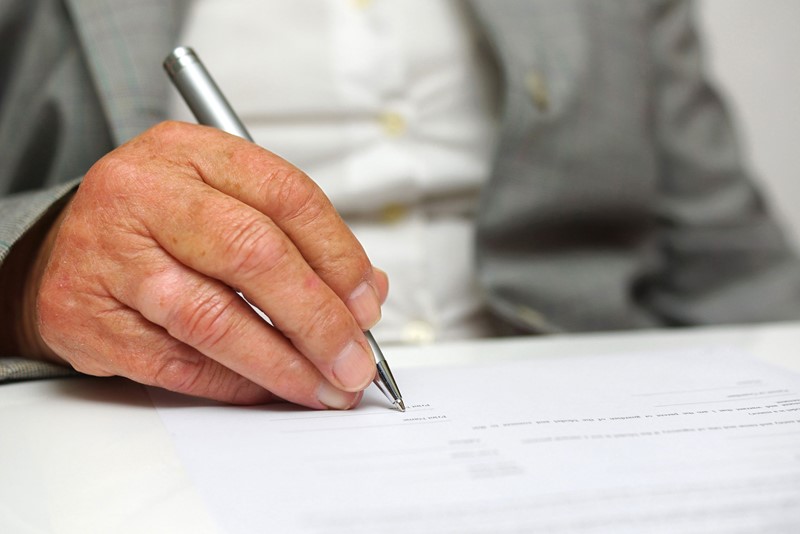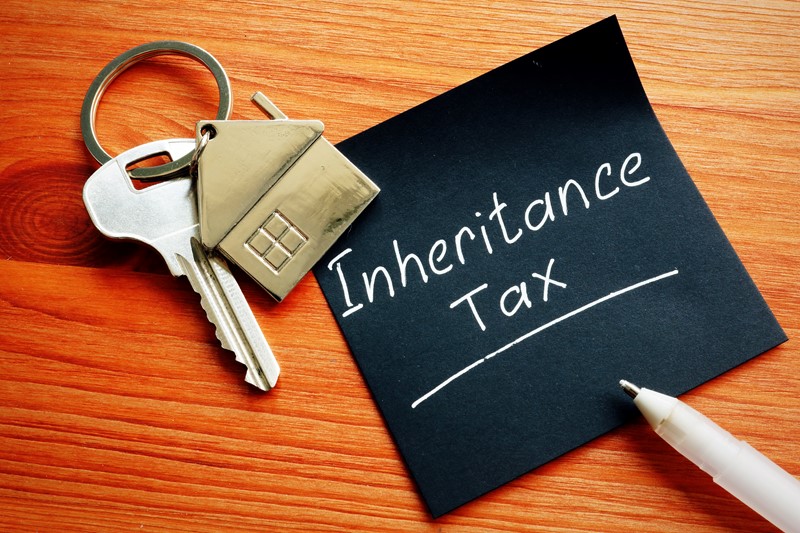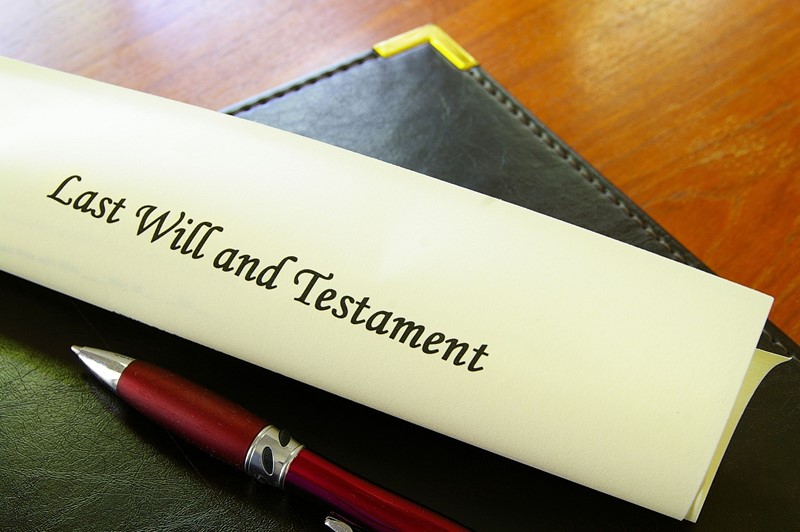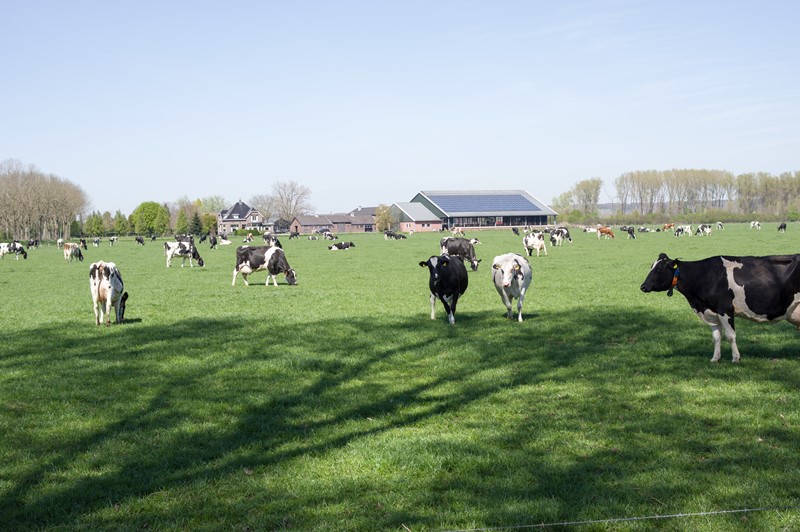The Inheritance Tax residence nil rate band (RNRB) is a transferable allowance for married couples and civil partners (per person) when their main residence is passed down to a direct descendent such as children or grandchildren after their death.
The allowance increased to the present maximum level of £175,000 from 6 April 2020. The allowance is available to the deceased person’s children or grandchildren. Any unused portion of the RNRB can be transferred to a surviving spouse or partner. The RNRB is on top of the existing £325,000 Inheritance Tax nil-rate band.
The allowance is available to the deceased person's children or grandchildren. Taken together with the current Inheritance Tax limit of £325,000 this means that married couples and civil partners can pass on property worth up to £1 million, free of any Inheritance Tax liability, to their direct descendants.
The transfer does not happen automatically and must be claimed from HMRC when the second spouse or civil partner dies. This is usually done by the executor making a claim to transfer the unused RNRB from the estate of the spouse or civil partner that died first. This transfer can also happen even if the first spouse or civil partner died before the RNRB was introduced on 6 April 2017.
There is a tapering of the RNRB for estates worth more than £2 million even where the family home is left to direct descendants. The additional threshold will be reduced by £1 for every £2 that the estate value exceeds the £2 million taper threshold. This can result in the full amount of the RNRB being tapered away. The RNRB maximum rate and the taper threshold are currently frozen until at least April 2028.












